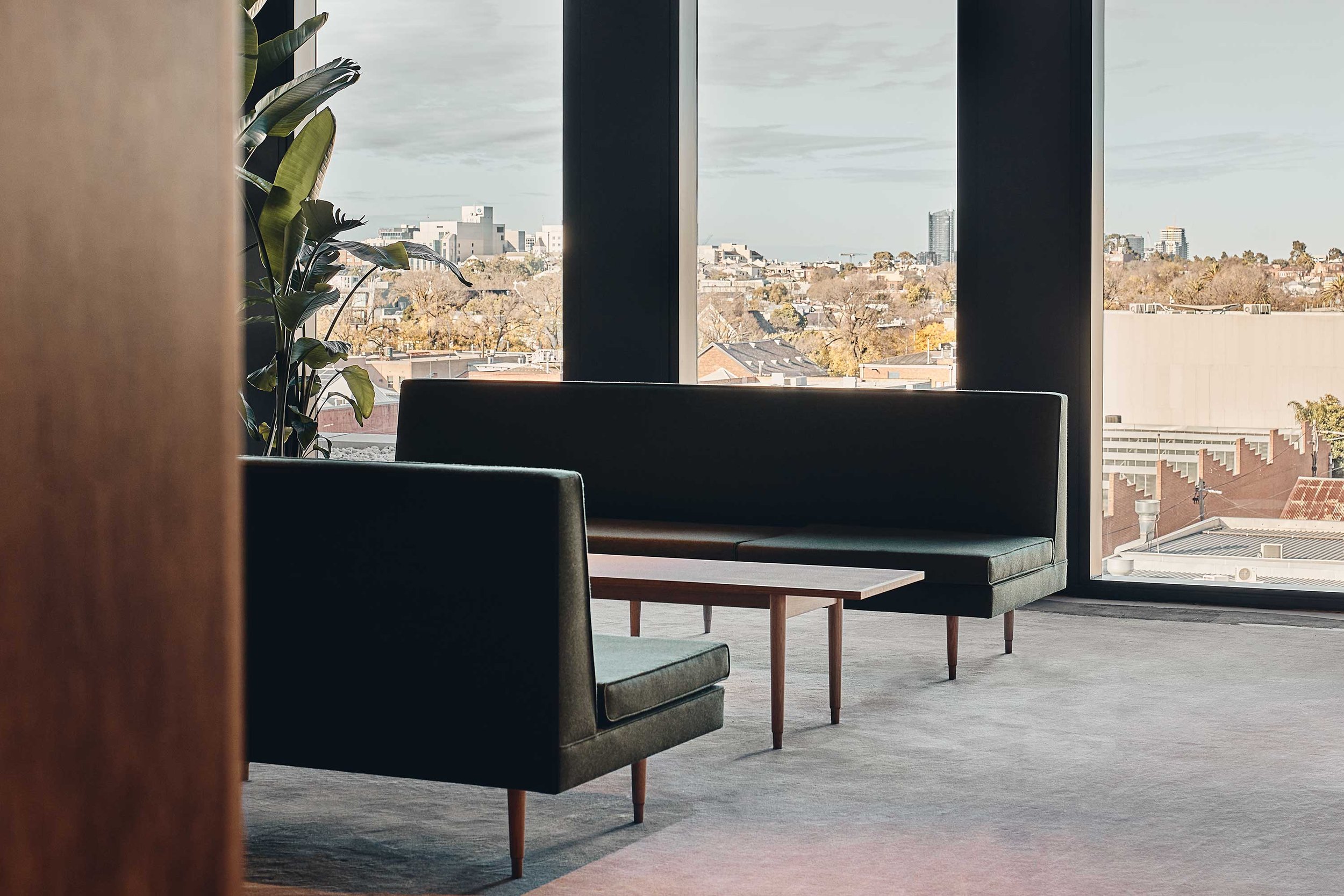Inside Aesop’s New Melbourne Headquarters
Since its founding in 1987, Antipodean skincare brand Aesop has been renowned for its commitment to both design and hospitality. Its new headquarters and laboratory in Melbourne’s Collingwood reflect this long-standing commitment to the creative and the considered
If there’s a feeling that lingers when leaving Aesop’s new head office in Melbourne, it’s a sense of sincerity. The Australian brand is as revered for its restrained, product-first approach to skincare as it is for the singular design of its stores around the world. From its very first premises in the Victorian capital to new outposts in Manila and its most recent expansion into Shanghai, each of its spaces is entirely unique — often conceived by designers and architects from around the world — but consistently and unmistakably ‘Aesop’.
Indeed, it’s not every day that a brand’s outward appearance is so aligned with its inner workings. A founding tenet of Aesop is that good design improves lives, from product packaging to interior architecture — and to its offices and laboratory. ‘This entire office was designed around the pragmatism of our functional execution of our roles, cradled deeply within the balance of how and what we will be in this environment,’ says chief customer officer Suzanne Santos of the new Melbourne space. Aesop’s very first employee back in 1987, Santos has been instrumental in the company’s story since its founding.
The new headquarters, which was conceived by Aesop’s design team in collaboration with local architecture and interior design studio Carr, brings together three previously separate offices into a new two-floor space in Collingwood, with the Aesop laboratory around the corner in another building. Staying in the area was a key requirement for the new office. The communal kitchen and dining area overlooks the neighbourhood, its changing skyline watched over by those in the office whose decades-long tenure means they’ve seen the inner-northern suburb change and grow alongside the brand. There’s a sense of embeddedness here, of being invested in the community.
Another requirement was that the new office should facilitate meaningful interactions and respond to evolving ways of working. The office incorporates both sitting and standing desks, a room for new parents, a multi-faith room and a series of quiet resting rooms. Another feature common to Aesop offices around the world is that some of these rooms are named after places of particular importance in Aesop’s history. Here, one room is labelled St Kilda, after the very first Aesop store, another St Albans, where Aesop founder Dennis Paphitis grew up. ‘There’s a sense of comfort when walking through the door. It’s the very opposite of a fundamental corporate office. Housed in here is our life, our history and all the things we hold dear for all those who work here,’ Santos muses.
One of those things is an enduring commitment to and love of design in all its forms. ‘Design is the way Dennis lives every day,’ Santos says of Paphitis. ‘It symbolises what he holds as a value very dearly. He’s reverential towards design and architecture.’ Through its offices around the world and in its some 400 stores, the brand champions the creative arts — collecting iconic and new design pieces, supporting the literary arts, working with contemporary art institutions and much more. At the office entrance, for example, French designer Pierre Paulin’s Osaka sofa is an inviting reception area for guests or a comfy spot for a quick meeting. The palette of green and cream tones and leather and timber is a soothing, neutral backdrop for the team’s daily activities, which can include product training sessions, presentations and communal meals.
‘I always ask people who come in from the outside, are we the way you imagined?’ Santos says. ‘And I would say one of the first responses is “I thought the stores and the office would be different.”’ But there’s little difference in the approach to designing an office and a store — the same principles of calm, comfort, hospitality and intellectual curiosity apply. A handwashing station at the office entrance marks the transition from the street to the office. Fresh flowers are brought in every week and the communal kitchen is arranged daily for everyone’s use. Instead of ‘customer service’, there’s the idea of ‘hosting’ — in stores but also in the office and among employees. ‘The environment holds you, and it doesn’t deplete the further into the building you get,’ Santos says.
Text by Simone Schultz
Images by Peter Bennetts, courtesy of Aesop





